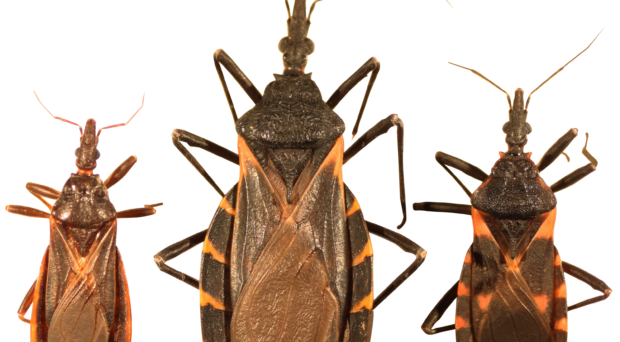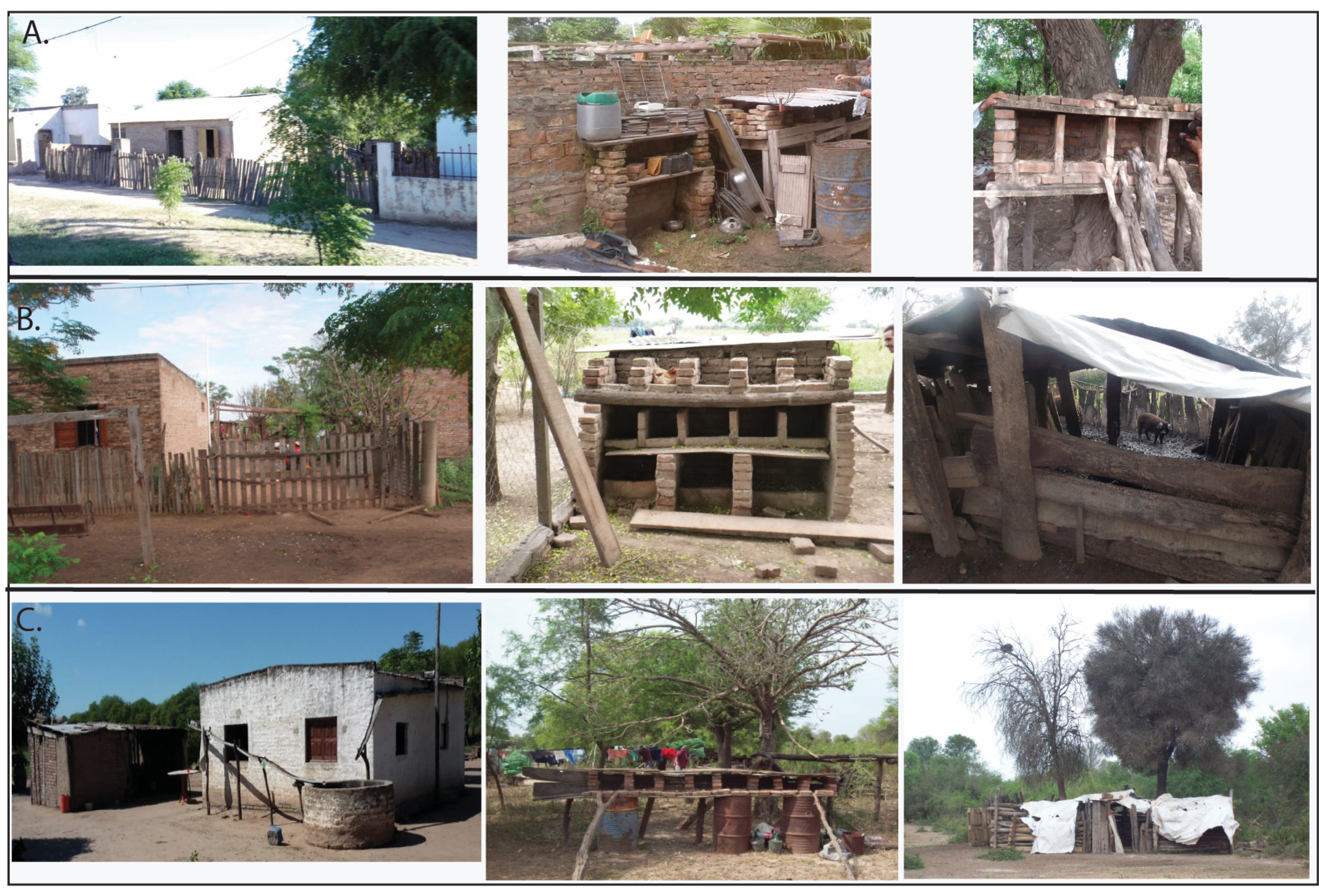
An estimated 6 million people live with Chagas disease in Latin America. The disease can be fatal and is caused by the protozoan parasite Trypanosoma cruzi. The parasite is mostly transmitted to humans when they contact the infected feces or urine of blood-sucking triatomine bugs. There are many species of triatomine bugs that can transmit T. cruzi. In environments with humans, they live in cracks in the walls and roofs of houses or buildings. Control often focuses on reducing habitats for triatomines through improving houses and/or insecticide treatment.
Chagas disease was historically associated with rural areas, but vectors and disease are increasingly found in periurban and urban settings. Over 80% of people live in urban environments in Latin America – the number and proportion of people living in urban areas will only increase in the coming years. Understanding where triatomine vectors may be transmitting Chagas in these growing populations is essential for mitigating risk.
A new study aimed to identify key risk factors for Chagas disease across a diversity of settings in northern Argentina. They screened over 2000 houses for triatomines within urban, peri-urban and rural settings. They were interested in identifying household characteristics that are associated with triatomine infestations, and thus could lead to spread of Chagas disease.
The study was conducted in northeast Argentina in Avia Terai municipality in Chaco Province. The study area was divided into urban, peri-urban and rural areas based on the density of houses. Peri-urban settings were characterized by dense clusters of houses in a heterogenous landscape with dispersed houses. Peri-urban neighborhoods with state-sponsored housing were not included in the study, as previous work has demonstrated that these buildings do not have suitable conditions for triatomines.
Peridomestic structures are located in a house compound and include things like kitchens, storerooms, chicken coops, ovens, and corrals. These structures provide important habitat for triatomines. All settings (urban, peri-urban, and rural) had peridomestic structures, but the amount for domestic animals varied (see images below for examples).

All high risk households were surveyed. This was defined by either 1) household members seeing triatomines in the last year or 2) a peridomestic structure housing animals in the compound. All rural houses were identified as high risk. In peri-urban and urban environments, there was a mix of low- and high-risk households. In these settings, all high risk households and 30% of low risk households were surveyed.
At each household in the study, researchers collected information about the household and estimated the number of triatomines within the household. They collected information on the number of people living at the compound, the number of domestic animals (triatomines also feed on animals like dogs and poultry), usage of pesticides, number of buildings, and types of peridomestic structures. To collect information on triatomines, 15 minute timed-manual searches were conducted with a spray to help dislodge resting triatomines.
Overall 4.5% urban, 22.7% peri-urban and 42.4% rural houses were infested with triatomines. Rural houses also had higher numbers of triatomines, on average, than urban households. Increasing numbers of peridomestic structures and domestic animals increased risk for triatomines within a household compound.
It doesn’t look like kissing bugs have only recently moved to the city, but they can be found in urban areas!
Although the percentage of infestations in the urban environment was much lower, this is still significant for transmission. The total number of infested houses between rural (131) and urban (132) was actually very similar. Because urban areas are more densely populated and support a large proportion of the population, even a relatively low level of infestation is important. Additionally, through interviews with household members, the researchers discovered that some residents had been living in urban areas since the 1970s and had seen triatomines the whole time. It doesn’t look like kissing bugs have only recently moved to the city, but they can be found in urban areas!
An additional important finding is that the researchers were able to show that rapid screening of houses (by asking residents about previous sightings and/or noting peridomestic structures with animals) was very effective in finding infested houses. This means vector control can be targeted at these households, in both urban and rural settings, to minimize resources and maximize control of Chagas disease in a variety of settings.

Comments